Persian hogweed (Heracleum persicum) is a common sight in Tromsø. You can find it growing in gardens, yards, along roadsides and beaches as well as in wastelands. Planted in the region’s gardens as early as the 19th century, Persian hogweed is now so integral to Tromsø’s landscape and culture that it has been nicknamed the Tromsø palm. The impressive plant is depicted in ornaments and artworks, one of the municipality’s care home is named after it and so is an award at the annual Tromsø International Film Festival.
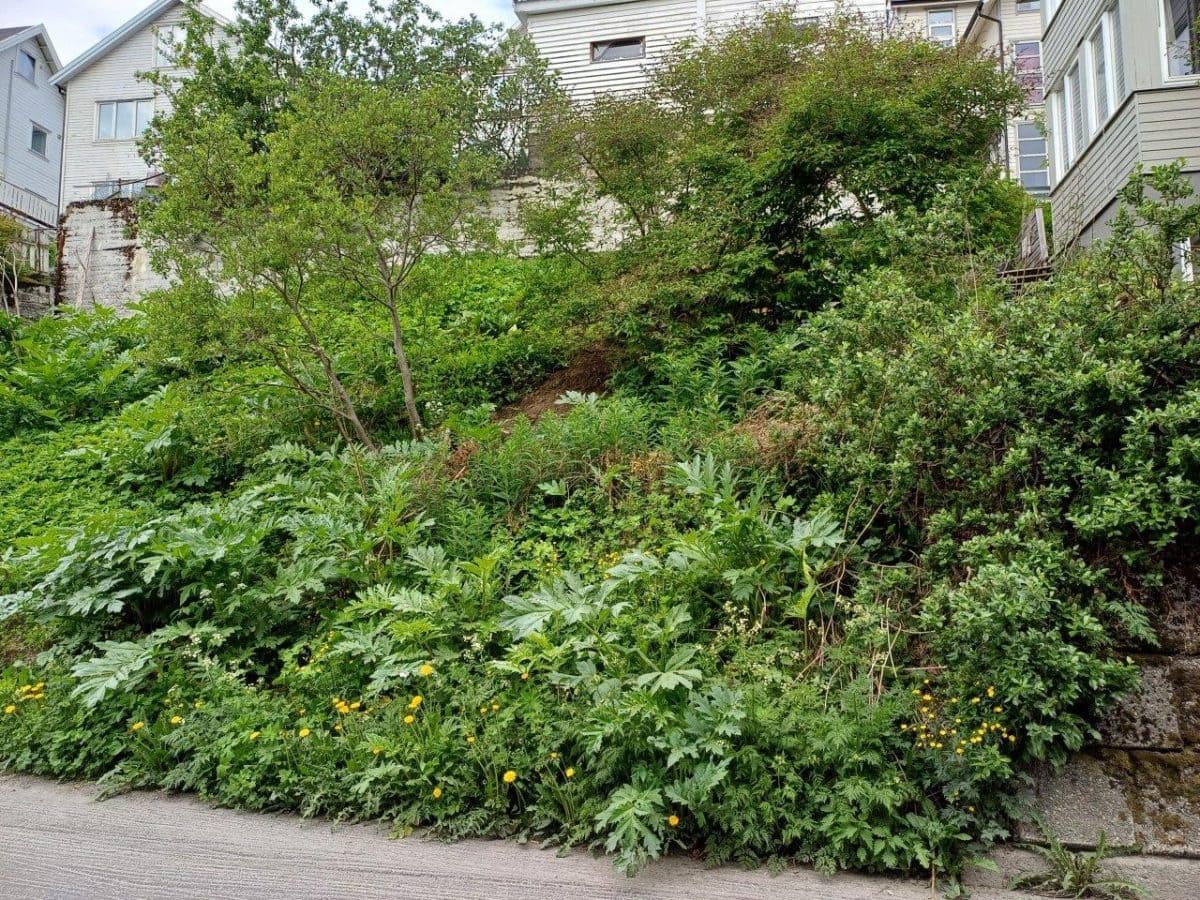
In Tromsø, there is a man whose life is inextricably linked to the fight against Persian hogweed. When Bo Eide walks the streets shovel in hand, the Tromsø palm is gone in an instant. The Tromsø municipality’s invasive species expert and his team have long been working to control hogweeds and other harmful invasive species in the area.
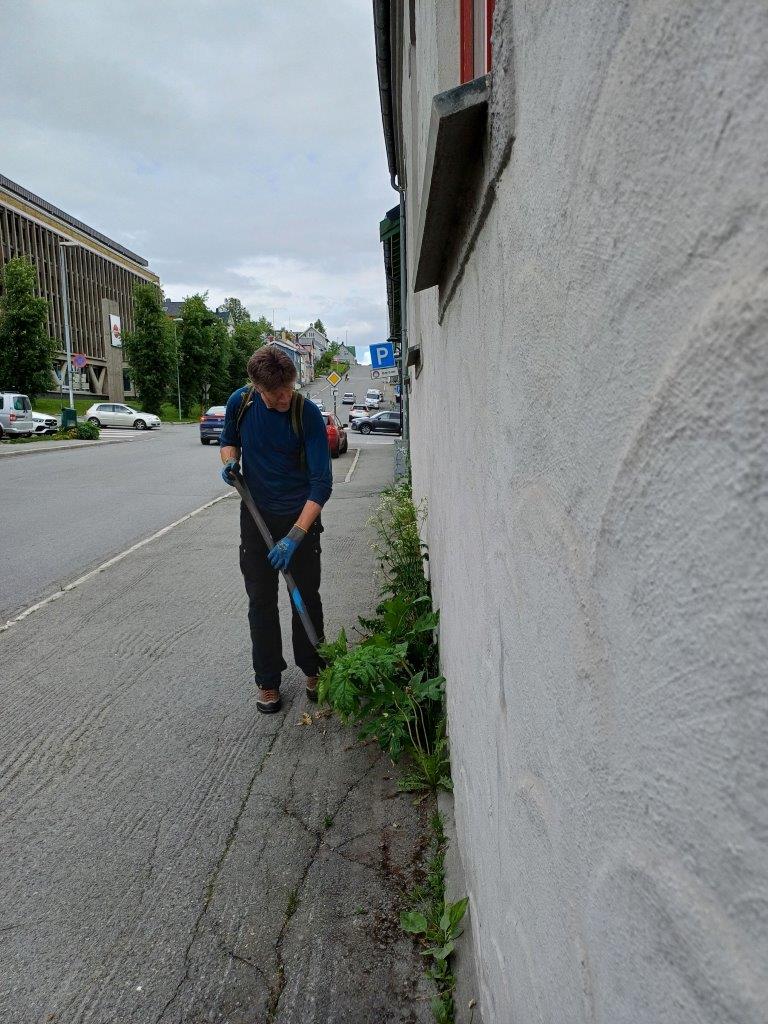
Getting rid of Persian hogweed is demanding due to Tromsø’s vast size, its many small islands, the abundance of vegetation and, in part, the attitudes of the residents. Some love and defend the plant, others hate it, and others have an indifferent attitude towards it.
We toured the main island of Tromsø and other smaller islands with Bo Eide when we visited Tromsø in June 2024 as part of the Barents IAS project. In addition to the Tromsø palm abundant everywhere, we also got to see the Nootka lupin (Lupinus nootkatensis).
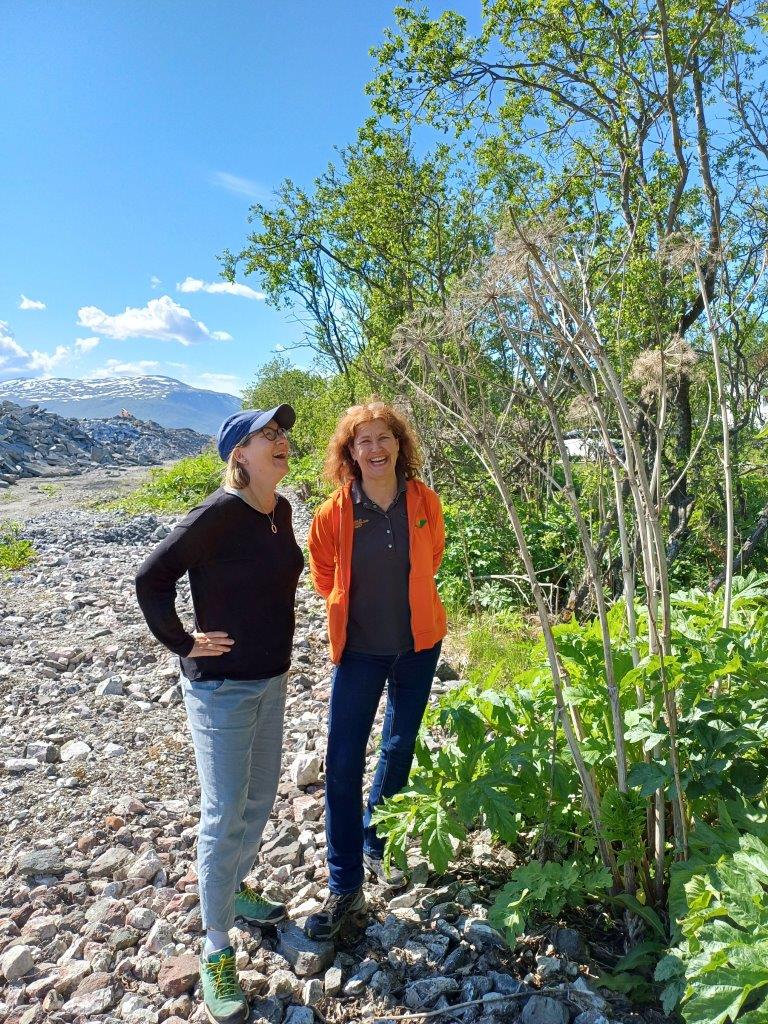
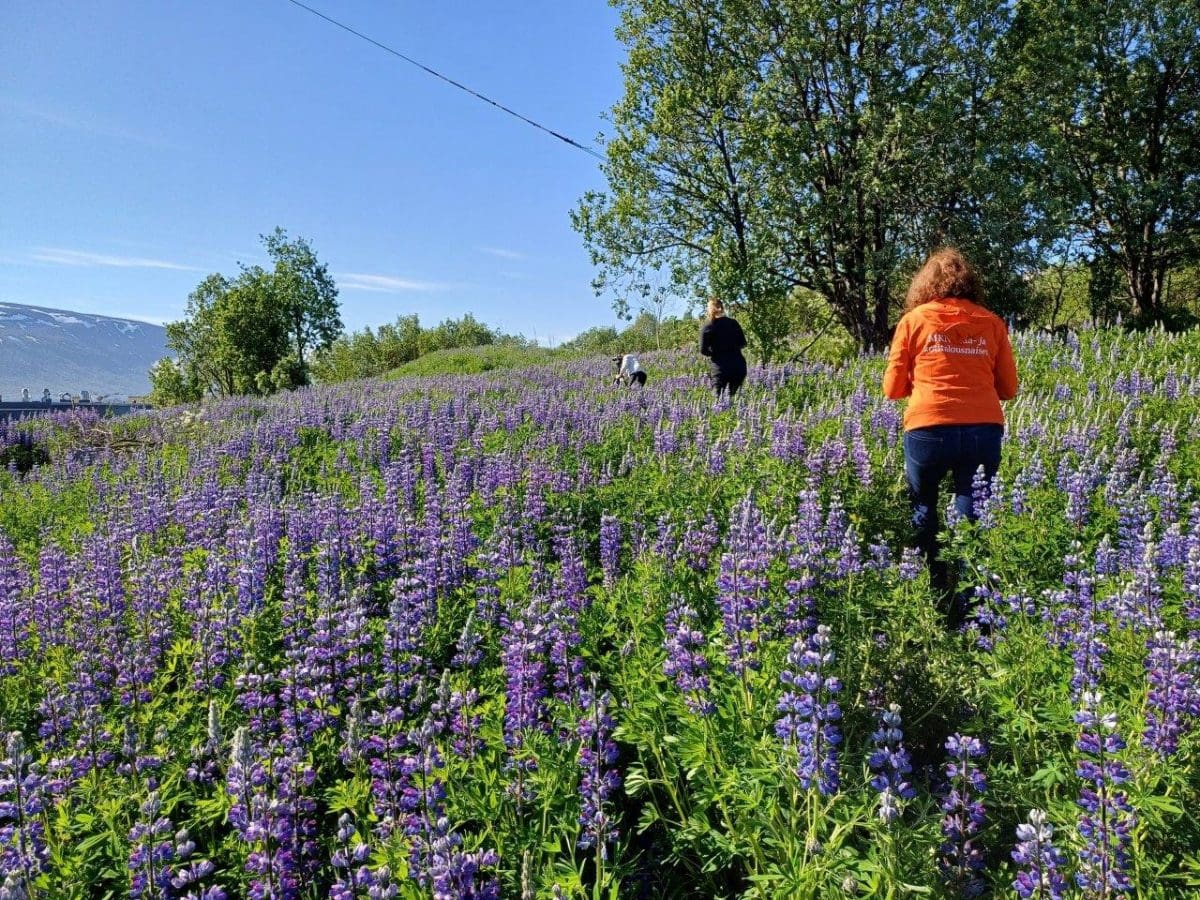
Light at the end of the tunnel
Although the situation in Tromsø may look hopeless on the outside, there is still light at the end of the tunnel when it comes to eradicating the species. Bo explains that control efforts have been concentrated on areas of particular natural and recreational value, and on islands with smaller hogweed populations that can be completely eradicated. We visited a popular park, for example, where hogweeds have been weeded out.
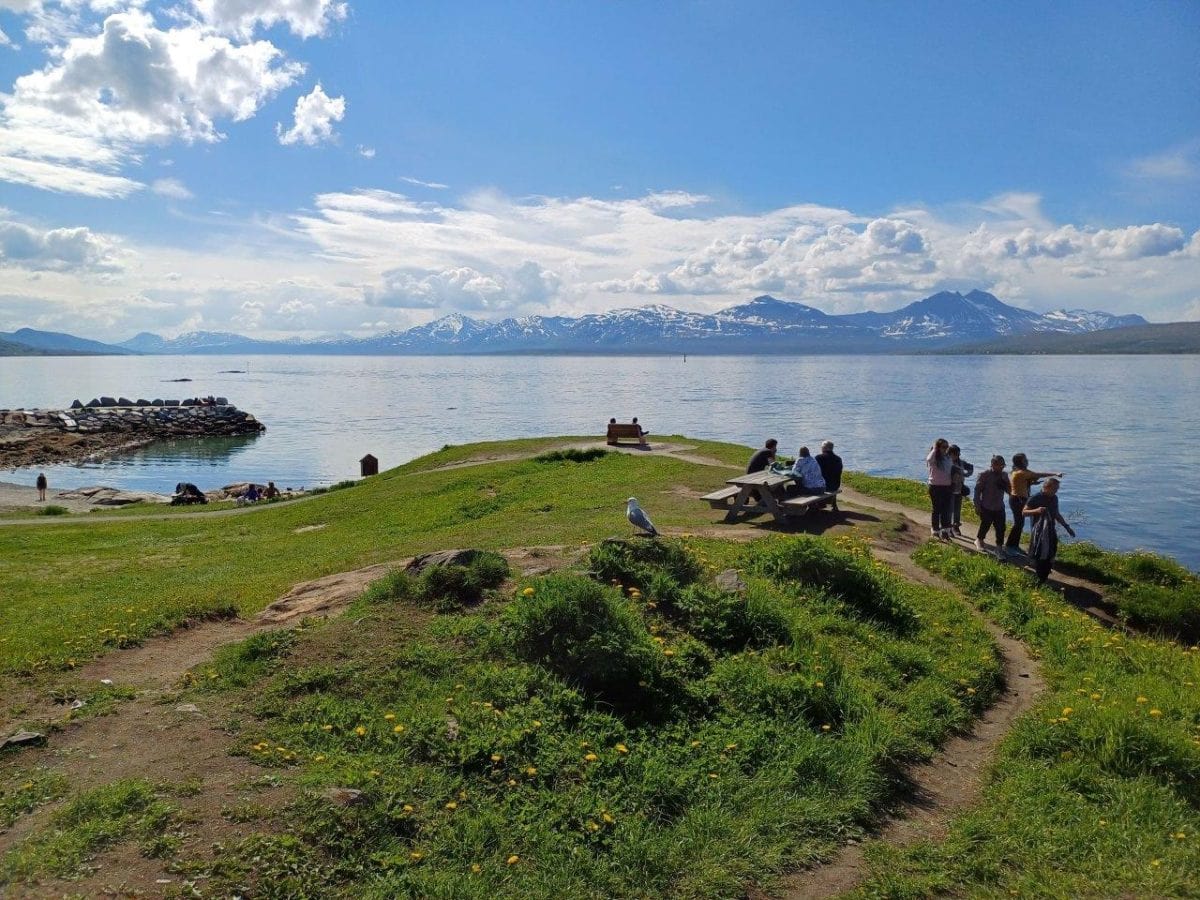
Another destination where successful control work has taken place is the island of Sommarøy, loved by tourists.

During our visit, we also had the pleasure to meet Cathrine Amundsen, who is the senior environmental expert for Tromsø and Finnmark County. She introduced us to the county’s work against invasive alien species and we had a fruitful discussion about the challenges both our countries face and possible opportunities for cooperation.
After a very interesting and educational visit, we wish Bo, Cathrine and all the other IAS heroes good luck in their fight against the Tromsø palm!
Check out Bo Eide’s presentation: Winning battles but not the war against “Tromsø palm” (Persian Hogweed, Heracleum persicum)
Follow us as we release information about the project. Later this Autumn, we’ll publish a short video filmed during our trip where Bo Eide talks more about the topic.
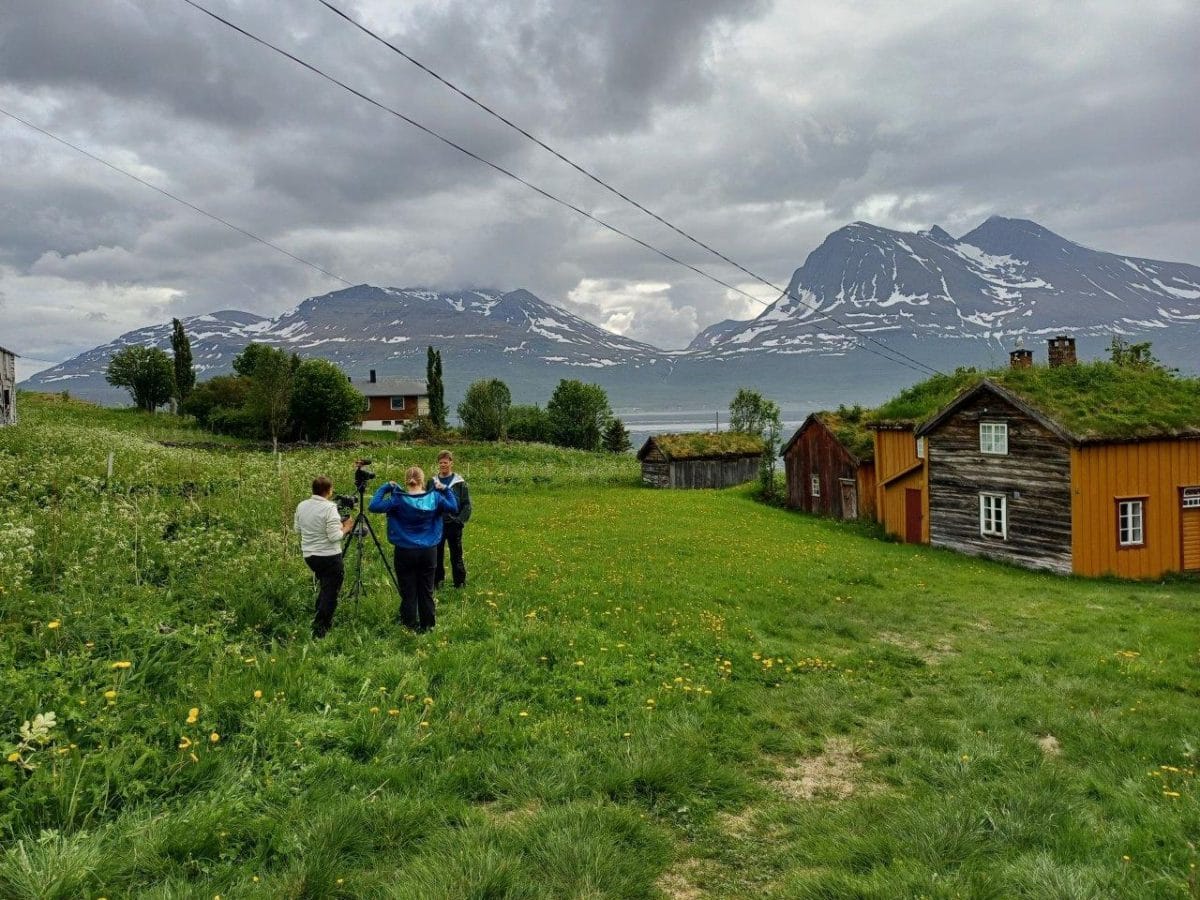
With us on the study/networking visit to Tromsø were Ella Ahti, Project Coordinator of Barents IAS from the Natural Resources Institute Finland (Luke), Christell Åström, Executive Director of Rural Women’s Advisory Organization, Susanna Winqvist, Communications Manager of Rural Women’s Advisory Organization and photographer Martina Motzbäuchel (Valokuvaus Lichtwerk).
Text and photos: Susanna Winqvist (Rural Women’s Advisory Organization)
